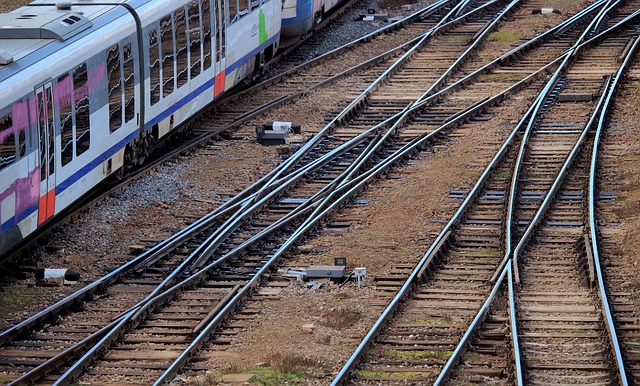Bridging the Gap: Sustainable Transport for Thriving Rural Communities
Rural areas are the backbone of many nations, offering natural beauty, agricultural richness, and a unique way of life. Yet, they often face distinct challenges, and connectivity is paramount. Reliable and accessible transport isn’t just about getting from point A to point B; it’s a critical engine for economic activity, social cohesion, and access to essential services like healthcare and education.
Traditionally, rural transport has often relied on private vehicles and limited public options, contributing to environmental concerns and sometimes exacerbating social inequalities. This is where the integration of sustainable transport technical solutions becomes not just beneficial, but essential for future growth.
The Role of Sustainable Transport in Rural Futures
Thinking sustainably in rural transport means considering the long-term impact on the environment, the economy, and the community. It’s about finding ways to move people and goods efficiently and affordably while reducing reliance on fossil fuels and minimizing ecological footprints. Technical solutions provide the practical tools to achieve this.
Integrating these solutions into rural development strategies unlocks a wealth of opportunities. It can mean implementing on-demand electric mini-buses powered by local renewable energy, deploying smart routing algorithms to optimize sparse public transport routes, or facilitating shared mobility platforms tailored to rural needs. It’s about leveraging technology to make sustainable choices convenient and cost-effective.
Connecting Transport Sustainability and Rural Development
The link between sustainable transport and successful rural development is direct and powerful:
- Economic Revitalization: Improved, sustainable connectivity opens up rural businesses to wider markets and makes these areas more attractive for investment and tourism. Lower transport costs for individuals free up income for local spending.
- Enhanced Social Equity: Accessible and affordable transport ensures that residents, particularly those without private vehicles, can easily access jobs, healthcare, education, and social activities, combating isolation and improving quality of life.
- Environmental Stewardship: Shifting towards electric or low-emission vehicles and optimizing routes reduces air pollution and greenhouse gas emissions, preserving the natural environment that is so central to rural identity and economy.
- Resource Efficiency: Integrated technical solutions can improve the efficiency of existing infrastructure and services, making better use of resources and potentially reducing the need for costly new road construction.
Implementing sustainable transport solutions in rural settings requires careful planning and integration with local needs and existing infrastructure. It’s not a one-size-fits-all approach. It involves understanding local travel patterns, leveraging available renewable resources, and designing solutions that are intuitive and accessible for all residents.
By focusing on the practical integration of sustainable transport technical solutions, rural communities can build more resilient, equitable, and prosperous futures, ensuring that growth goes hand-in-hand with environmental responsibility.




